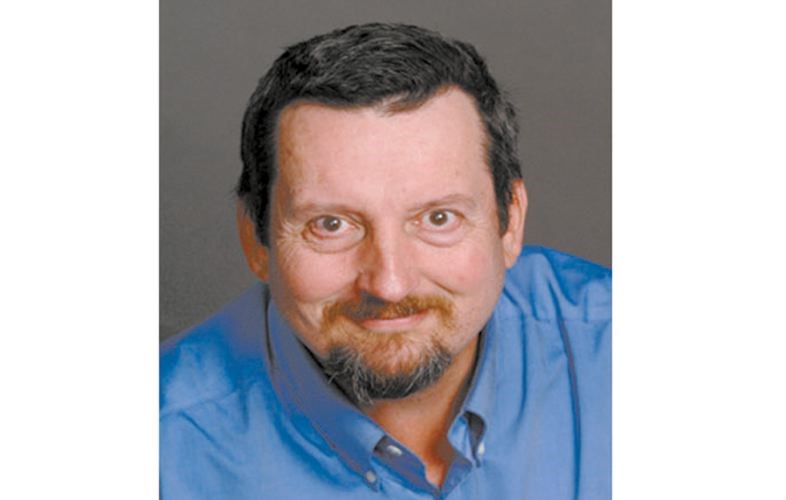During the heat of the election campaign, Justin Trudeau and the Liberals promised to bring in 25,000 Syrian refugees by the end of 2015.
That is a lot of people - over two Quesnel-sized towns worth of people.
But it is also a drop in the bucket.
The United Nations High Commission for Refugees estimates four million refugees have fled the war in Syria and now reside in Lebanon, Jordan, Turkey and throughout Europe. Taking in 25,000 would amount to just 0.625 per cent of the total.
To help solve the refugee crisis, the government will likely need to set equally ambitious or even larger targets for the coming year.
In terms of Canada, 25,000 would represent an increase in our population of just 0.07 per cent which is a blip so small it wouldn't likely register as significant if not for the crisis in the Middle East.
Indeed, for the past decade, Canada has accepted a little over 250,000 new permanent residents annually. Syrian refugees would only account for 10 per cent of that number.
From a practical point of view, Canada can accommodate 25,000 refugees and should. We are a rich country with the resources and capacity to help. We should be doing our best. We can be a world leader again.
But was 25,000 by the end of 2015 a realistic number?
During the election, it was a good promise to make. However, the reality of those expectations hit home over the past couple of weeks as newly-minted ministers settled into their portfolios and the Liberals took on the responsibility of governing. Moving 25,000 people is a lot of work.
While the government remains committed to bringing in Syrian refugees, it has now recognized the logistics of the situation. The date has been pushed back to the end of February. Even then, it will require bring in about 1,600 people per week. That is four 747s worth of passengers.
Or put another way, a Mackenzie-sized town every two weeks.
Where will all of these refugees go?
Most likely into the big cities. Vancouver, Montreal, and Toronto can easily handle the increased numbers. Indeed, a community of 25,000 in the Greater Toronto Area wouldn't generate even a raised eyebrow given a total GTA population of just over six million.
Some refugees might also end up in communities such as Prince George.
City council is certainly of the sentiment that this city needs to grow. Our population has remained stagnant for far too long. Indeed, census data would suggest our population hasn't changed significantly in 25 years.
That leads to questions such as what would they do? Is there the capacity in Prince George to absorb more workers?
Are there unfilled employment opportunities?
What about the people already here?
Shouldn't they be first in line for any jobs?
These are difficult questions and I don't pretend to have even the inkling of an answer. These sorts of questions have hampered and helped immigration policy for our entire history.
I would suggest that since the vast majority of Canadians are immigrants, these questions have always been answered by welcoming new Canadians to our communities. We have adapted and adjusted. We have found a way.
Still, a recent Citizen online poll - which is not scientific but a good feel for the sentiments of the community - found the city was split almost 50/50 on whether or not to accept Syrian refugees.
There are lingering fears since we tend to associate "Syrian refugees" with "Syrian terrorists."
It is important to remember the refugees are the people running away from the terrorists.
They are refugees because they were attacked by madmen. It seems only fitting Canada offers them a place to hide.
Whether or not we can accommodate 25,000 refugees in the space of a few months, one thing that number did do was make everyone aware of the extent of the crisis. For most of us, 25,000 is a large number. And yet it is a mere drop in the bucket compared to the total number of displaced people.
The total number - four million refugees - is the equivalent to two Greater Vancouvers worth of people. Imagine two cities the size of Vancouver generated by people with no home and no place to go. Bringing in 25,000 people is a massive undertaking but nothing compared to the total number still waiting for somewhere to live.
Justin Trudeau will not fulfill his promise by the end of the year. Many pundits will point this out as his first failure in governance. Technically, they would be right but I think such sentiment misses a much bigger picture.
His promise has restarted a national conversation on immigration and is leading to groups across the country asking what sort of Canada do we want to be? If nothing else, his promise has led to a healthy debate.



